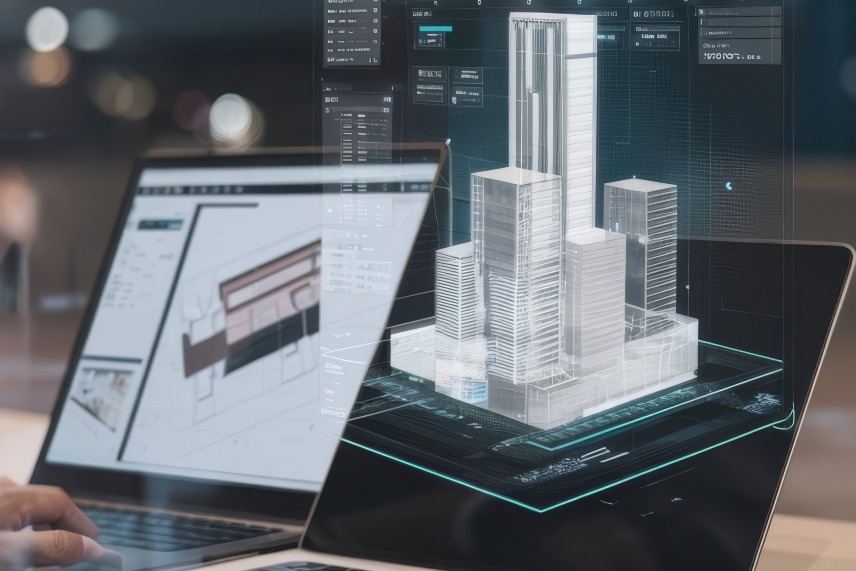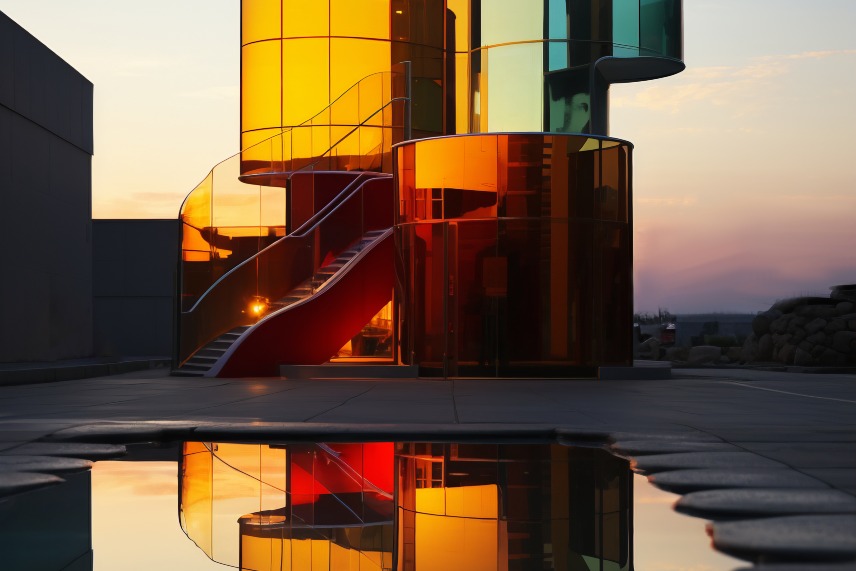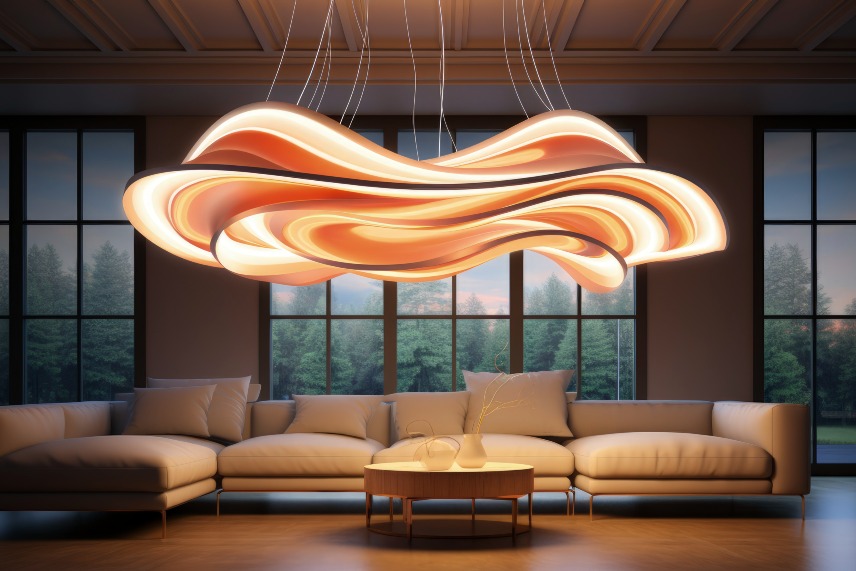- HOME PAGE
- / BLOG
BLOG

Luxury Touches in Minimal Concepts: The Less is More Philosophy
The year 2025 represents the era where minimalism and luxury design converge.
Minimalism is no longer a trend — it’s a lifestyle. But this simplification doesn’t mean emptiness or lack; it’s the redefinition of expressing more through less.
Luxury touches in minimal concepts symbolize a fusion of elegance, balance, and conscious selection in interior architecture.
This approach is not only about aesthetics but also about emotional serenity, spatial efficiency, light balance, and material harmony.
In the fast-paced rhythm of modern life, the “less is more” philosophy has become the key to creating sustainable, tranquil, and timeless atmospheres — both in residential and commercial spaces.
1. The New Interpretation of Minimalism: Silent Elegance
Minimalism no longer means “cold white surfaces” or “empty rooms.”
In 2025’s design language, minimalism is defined by tactile luxury, natural materials, soft tonal transitions, and rhythmic use of light.
Every element in a minimal interior is the result of deliberate selection.
Instead of excess, the focus is on texture quality, purity of form, and shadows shaped by light.
The concept of “silent elegance” lies at the core — allowing design to express itself without shouting.
2. The New Language of Luxury: Quality, Material, and Light
Luxury today is not measured by extravagance but by sensory depth.
Natural stone, raw silk, brushed brass, and microcement surfaces blend with clean forms to create quiet opulence.
Light is the most powerful tool in this new luxury language.
Layered lighting, indirect illumination, and tunable white systems define the emotional atmosphere of the space.
Luxury here is not about price — it’s about how it feels.
When the right light temperature, material transition, and proportions come together, “less” truly becomes “more.”
3. The Material Palette: Natural, Sensory, Timeless
Minimal-luxury design emerges from the refined combination of natural, high-quality materials.
The 2025 material palette includes:
- Lime plaster and microcement finishes
- Brushed stone and calcite textures
- Visible wood grains
- Linen-wool blends
- Bronze and satin metal transitions
Their shared essence: richness within simplicity.
The designer’s mission is to make quality felt — without ostentation.
4. Color Philosophy: The Silent Power of Tone
In minimalist luxury, color is not a decoration — it’s an emotional language.
Beige, clay, stone gray, ivory, taupe, and champagne tones create harmony between warmth and neutrality.
A monochromatic palette builds contrast through subtle tone variations, following the principle: “not more color, but the right tone.”
A carefully chosen tonal transition can tell a story as powerfully as a textured wall.
5. Spatial Balance and the Art of Proportion
The essence of every minimal concept lies in balance and proportion.
Furniture scale, spatial density, and material hierarchy must exist in perfect harmony.
A single sculptural object placed at the heart of a living room can define the meaning of all surrounding simplicity.
Even negative space becomes luxurious — because emptiness is part of the design.
6. The Luxurious Touch of Light
Light is the most refined instrument of luxury in minimal interiors.
In 2025, the trend highlights linear LED profiles, concealed spotlights, and circadian-based lighting systems.
The use of reflected light rather than direct light reveals the surface textures and adds gentle depth to the space.
Daylight nourishes the area during the day, while soft ambient lighting defines the evening mood.
These lighting scenarios synchronize with human circadian rhythm and subtly create a well-being experience.
7. Furniture and Form in Minimal Luxury
Furniture follows the “less but meaningful” principle.
Soft-edged organic forms meet massive, natural materials.
2025 trends highlight modular systems, textured upholstery, and integrated storage solutions, balancing aesthetics and functionality.
Every furniture piece acts like an art object — quietly, without the need to draw attention.
8. Art, Scent, and Texture: The Sensory Layer of Luxury
What makes a minimal space luxurious is often its sensory depth.
A carefully selected artwork, a natural linen textile, or a soft scent in dim light — all are parts of a holistic design experience.
Scent and texture are as essential as visuals.
Elements like linen curtains, silk cushions, and light reflecting on stone transform a room from something merely seen into something deeply felt.
9. Sustainable Luxury: Conscious Consumption
Modern luxury is defined by sustainability.
Buying less, investing in craftsmanship, and choosing long-lasting products — this is the new luxury code.
Brands that protect natural resources, minimize carbon footprint, and support local production represent ethical luxury.
Thus, minimalism is not just an aesthetic choice, but a system of values.
10. Conclusion: Less is Truly More
Minimal luxury is not the art of subtraction but the philosophy of refinement.
It’s about selecting essence over excess — creating deep meaning on a simple surface.
Less is more, because simplicity reflects a mind free from chaos.
Luxury today lies not in brilliance, but in balance, quality, and mindful simplicity.
Spaces of 2025 are timeless realms where silent elegance meets sensory richness.





